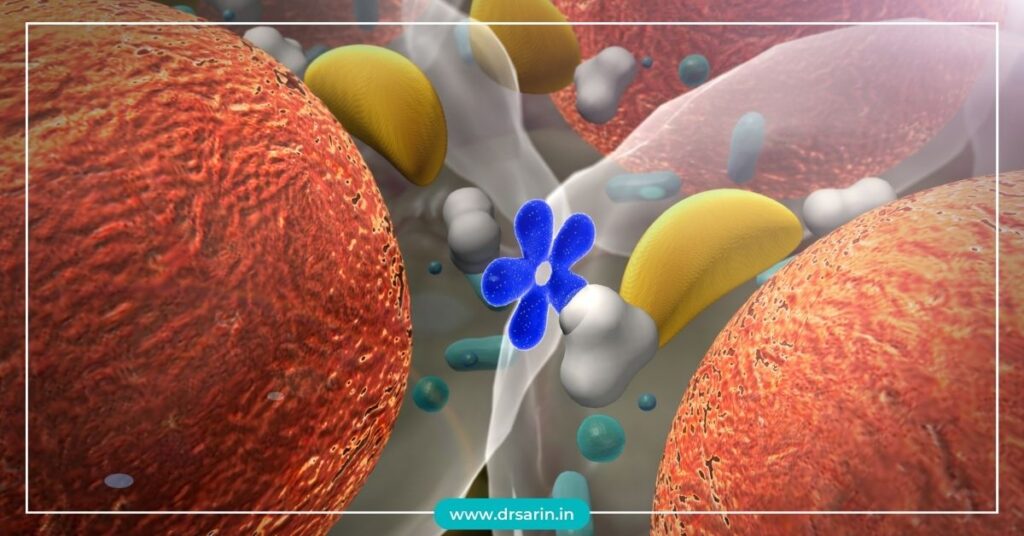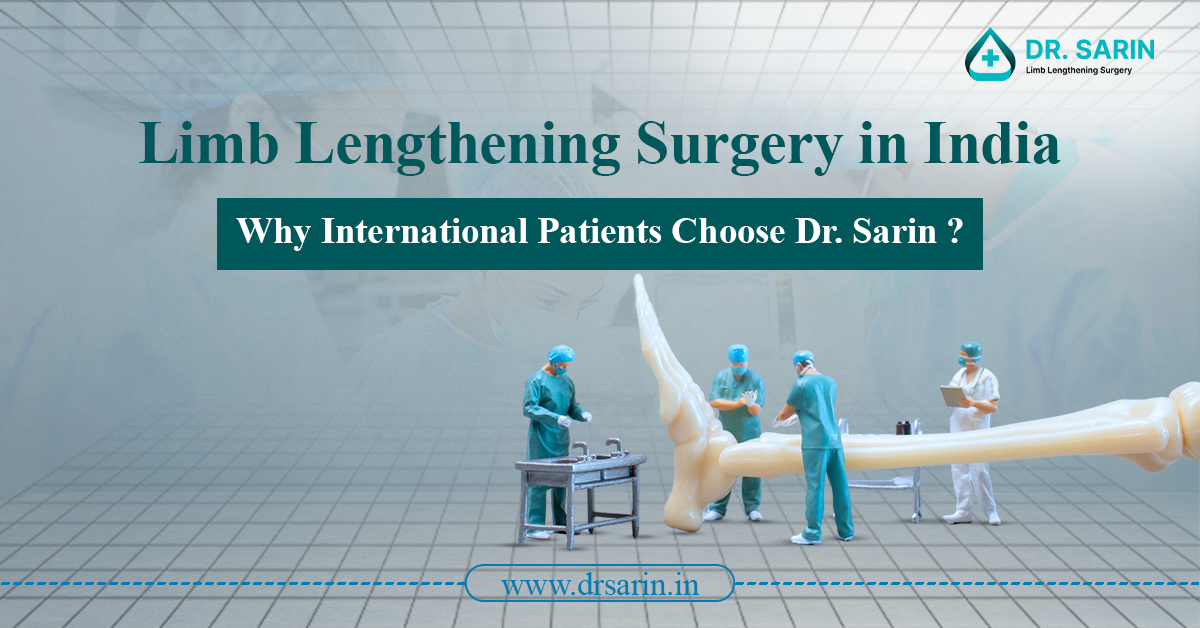Height has long been a topic of fascination and curiosity. People often wonder why some individuals tower over others while others remain petite. The debate surrounding whether height is predominantly governed by genetics or influenced by various other factors is ongoing. Let’s delve into the intricate web of influences on human height and explore the seven key factors that play pivotal roles in determining this aspect of our physicality.
1. DNA: The Blueprint of Stature

At the heart of the height puzzle lies our DNA. Our genetic makeup acts as the initial map, laying the groundwork for our potential height. Research indicates that genetic factors can account for about 60-80% of the variation in size among individuals. Variations in specific genes, including those related to growth hormone production and bone development, contribute significantly to how tall or short a person may become.
2. Hormones: The Growth Orchestrators

Hormones act as messengers within the body, orchestrating growth and development. Growth hormone, produced by the pituitary gland, plays a fundamental role in stimulating growth and regulating height. Additionally, sex hormones like estrogen and testosterone also impact growth patterns, with males and females experiencing growth spurts at different stages of adolescence.
3. Nutrition: The Building Blocks of Growth

Nutrition forms the cornerstone of physical development, including height. A balanced diet that includes essential nutrients such as proteins, vitamins, minerals (mainly calcium and vitamin D), and adequate calories is crucial for optimal growth. Malnutrition, particularly during critical growth periods, can stunt growth potential, leading to shorter stature.
4. Environment: The External Influence

Beyond genetics and nutrition, the environment we grow up in significantly influences our height. Factors like access to quality healthcare, pollution exposure, and socioeconomic conditions can impact growth. Adverse environmental conditions, such as toxins or inadequate healthcare exposure, can hinder proper growth and contribute to shorter stature.
5. Living Conditions: The Comforts and Constraints

The quality of living conditions, including access to clean water, sanitation, and healthcare facilities, is vital in determining a person’s height. Socioeconomic disparities can limit access to these essentials, affecting overall health and influencing an individual’s ultimate height potential.
6. Gender: Nature’s Distinction

Nature has designed males and females differently, and this distinction extends to growth patterns. On average, males tend to be taller than females due to hormonal differences and genetic predispositions. However, variations within genders are vast, highlighting the multifaceted nature of height determination.
7. Physical Activity: Striving Toward Verticality

While genetics set the stage and nutrition fuels growth, physical activity is a catalyst. Regular exercise and physical activity, especially during childhood and adolescence, promote bone health, stimulate growth, and contribute to overall stature. Engaging in activities that encourage stretching and weight-bearing exercises can positively impact height potential.
In conclusion, while genetics form the backbone of height determination, many factors intricately weave together to shape an individual’s ultimate stature. Understanding these influences can show how to optimize growth potential and underscore the importance of holistic well-being in achieving one’s maximum height.
As we navigate the complex interplay between genetics, environment, nutrition, and lifestyle factors, it becomes evident that height is not solely a result of genetic inheritance but a harmonious symphony of various influences that sculpt our physical selves.




